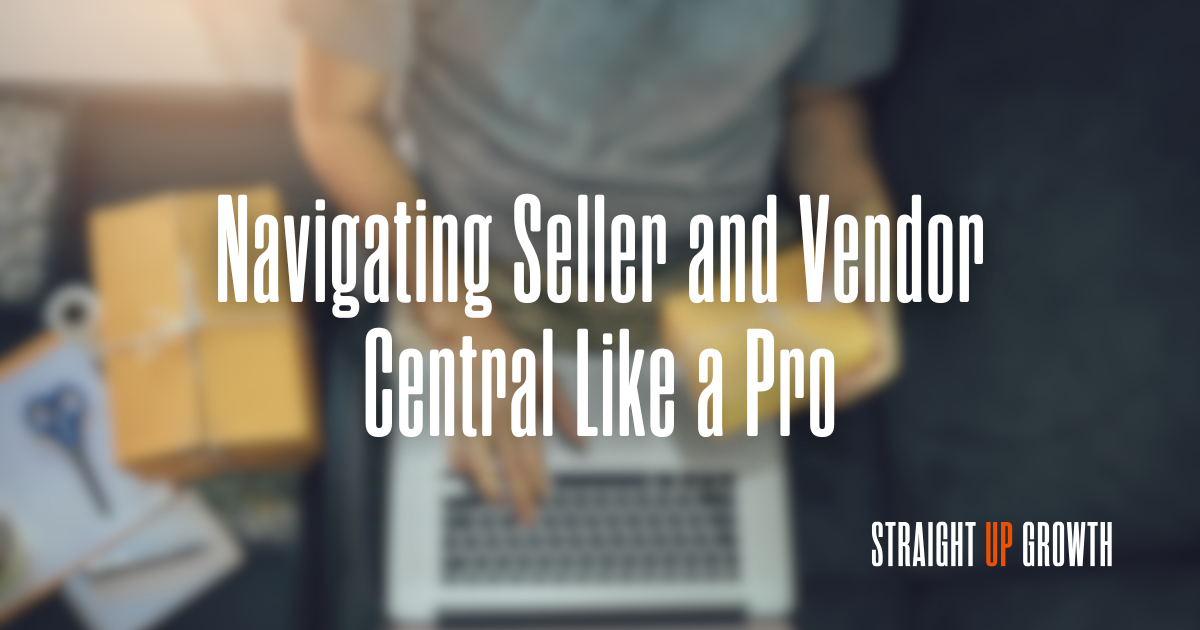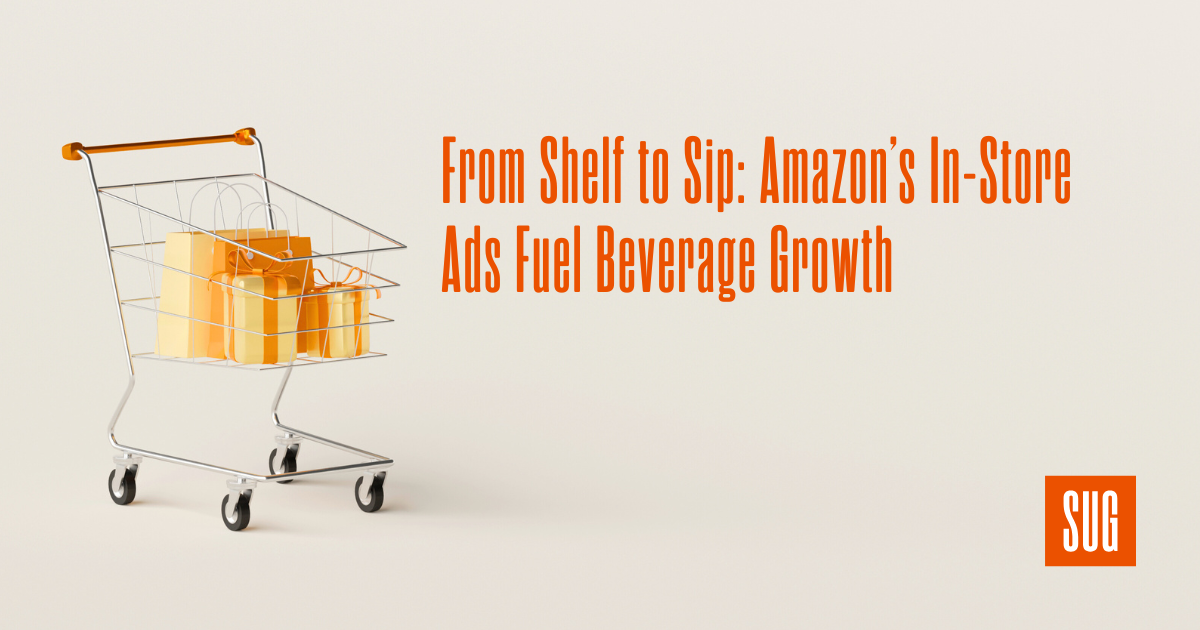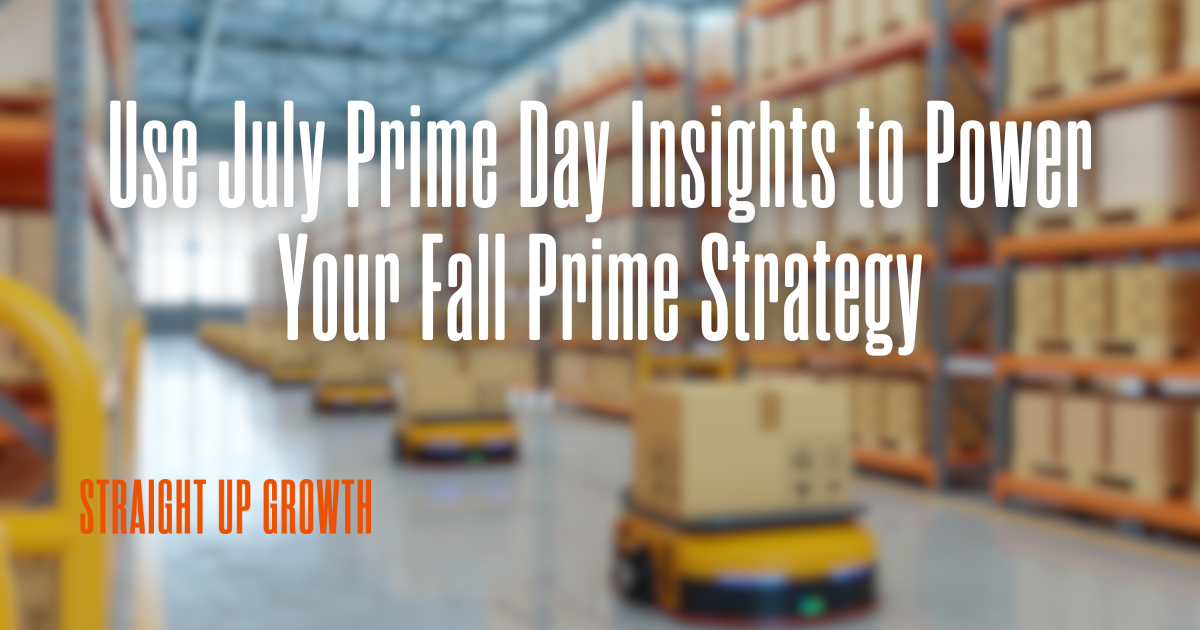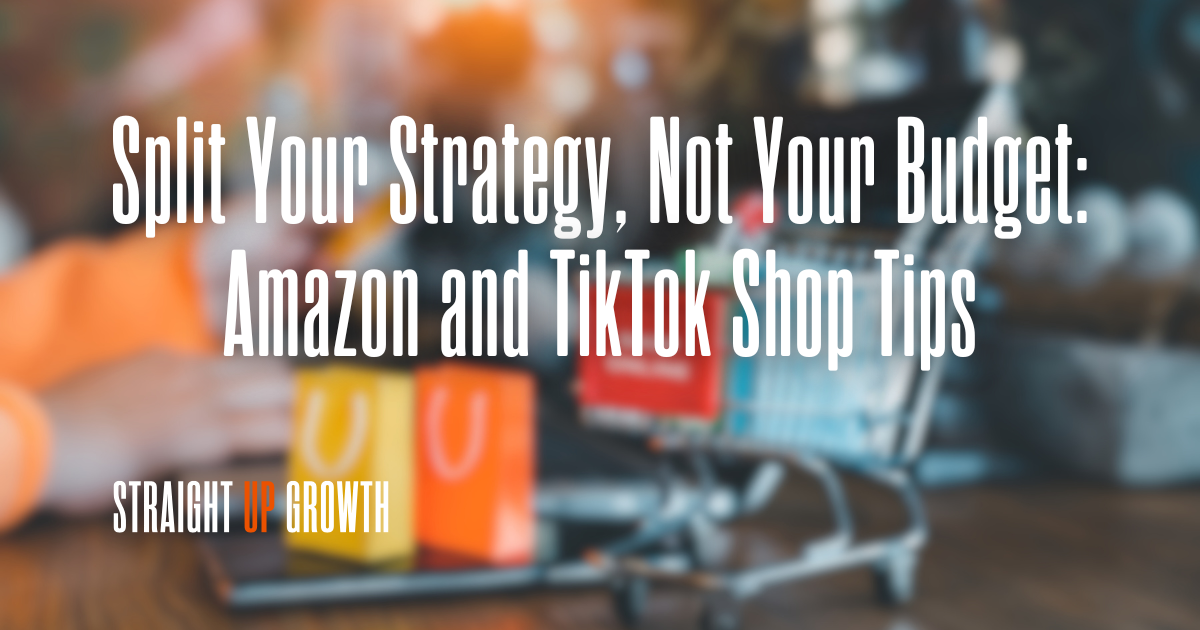Navigating Seller and Vendor Central Like a Pro

Many businesses view Amazon as a single selling channel, but there are actually two distinct paths: Seller Central and Vendor Central. Understanding the difference and knowing how to leverage each strategically can be the turning point that drives brand acceleration, profitability, and long-term sustainability on the platform.
If you're a brand owner or eCommerce manager, your day-to-day activities revolve around growth, margin, and scalability. But are you thinking enough about how you're selling on Amazon?
The choice between Seller Central and Vendor Central isn't just administrative. It's strategic. These platforms impact your pricing power, your margin structure, your data access, and even your ability to scale. This post will demystify both, show when and how to use them, and explain why mastering both can significantly impact your Amazon success.
I. Demystifying Amazon Seller Central (The 3P Model)
What It Is:
Seller Central is Amazon’s third-party marketplace (3P), open to any brand. Here, you sell directly to consumers, owning the end-to-end process.
Key Features & Control Points:
- Pricing Control: You set the price (but must vigilantly protect it).
Inventory Management: You manage your FBA or FBM stock levels.
Promotions & Discounts: You create and manage your deals, Subscribe & Save offers, and pricing strategies.
Customer Service: If you’re using FBM, it’s all you. If FBA, Amazon handles fulfillment and returns.
Data & Analytics: Unmatched insight into your customers and sales performance.
Pros of Seller Central:
- Higher profit margins (you’re in control).
Full flexibility over launches, pricing, and promotions.
Faster go-to-market and testing capabilities.
Direct customer data and feedback loop.
Cons of Seller Central:
- Operational complexity: you're managing everything.
Risk of buybox suppression from unauthorized sellers. - FBA fees + commissions can erode profit if not carefully managed.
Amazon’s Seller Support can be notoriously frustrating.
Real-World Consideration:
Operating in Seller Central is like being a control freak’s dream—until it isn’t. If you’re not actively managing compliance, inventory levels, and pricing integrity, you can quickly lose the buybox or face account suspensions. Tools like VantageBP can help enforce your channel, and Amazon’s newer programs (SAS Core, Account Health Assurance) now provide more hands-on support.
II. Unpacking Amazon Vendor Central (The 1P Model)
What It Is:
Vendor Central is an invite-only 1P relationship. You sell wholesale to Amazon, and they resell your products to customers.
Key Features:
- Pricing: Amazon controls it.
Inventory: Amazon issues purchase orders (POs) on their timeline.
Logistics & Returns: Amazon handles fulfillment and customer service.
Merchandising: Amazon may modify your product content, though you can supply A+ Content.
Pros of Vendor Central:
- “Ships from and sold by Amazon” badge = customer trust.
Simplified operations—no need to manage fulfillment.
Access to some exclusive marketing programs.
Large-scale purchase potential from Amazon.
Cons of Vendor Central:
- Less control over your brand.
Lower margins due to wholesale pricing.
Unpredictable POs and complex trade term negotiations.
“CRAP-out” risk (Can’t Realize A Profit) if prices spiral downward.
Expensive support models (AVS can cost 2% of purchases).
When Vendor Central Shines:
If you have heavy or low-ASP (average selling price) products, Vendor Central often makes more financial sense due to bundled shipping and logistics savings.
IV. The Power of the Hybrid Model
Why choose just one?
Seller Central excels at:
- Launching new or niche products.
Retaining margin on premium SKUs.
Maintaining control of pricing, branding, and customer interaction.
Vendor Central excels at:
- Moving high-volume core products.
Leveraging Amazon’s logistics and trust signals.
Scaling with less day-to-day friction.
Hybrid Wins:
- Broader Reach: Serve both 1P and 3P audiences.
Maximized Margins: Push margin-rich SKUs through Seller; scale others via Vendor.
Lower Risk: If Vendor POs drop off, Seller can pick up the slack.
Smarter Product Lifecycle: Launch through Seller → transition to Vendor if it scales.
Advertising Edge: Access the full suite of Amazon advertising.
V. Practical Tips for a Hybrid Approach
Effective inventory planning is crucial in a hybrid model to avoid overselling and maintain steady availability. It's recommended to keep 60–90 days of inventory on hand, particularly leading up to key sales events when demand tends to spike. Pricing discipline is equally important; adhering to MAP or iMAP policies helps stabilize the Buy Box and reduces the risk of CRAP-outs, which can significantly undermine profitability and brand perception.
Cross-functional alignment is another critical factor. Ensuring that operations, marketing, and finance teams are working in sync helps streamline decision-making and execution. A strong data strategy should blend the depth of Seller analytics with the broad volume insights provided by Vendor data, creating a comprehensive view to inform strategy. Finally, understanding Amazon’s cost structure—including fees such as Price Elasticity Discounts (PEDs), chargebacks, and shipping costs—is essential to accurately assess and improve profitability across both channels.
VI. Conclusion: The Amazon Strategy Edge
Amazon isn't just a retailer—it's an ecosystem. Treating Seller Central and Vendor Central as interchangeable misses the opportunity to unlock real growth.
Understanding and leveraging the nuances of each platform isn’t a “minor” detail—it’s the backbone of a high-performing Amazon strategy. Whether you’re aiming for profitability, speed, scale, or brand trust, a hybrid approach—executed correctly—can deliver it all.
→ Ready to reassess your Amazon approach? Whether you’re 1P, 3P, or somewhere in between, it may be time to reimagine your structure. Let’s chat about your goals and explore which path (or blend) makes the most sense.



